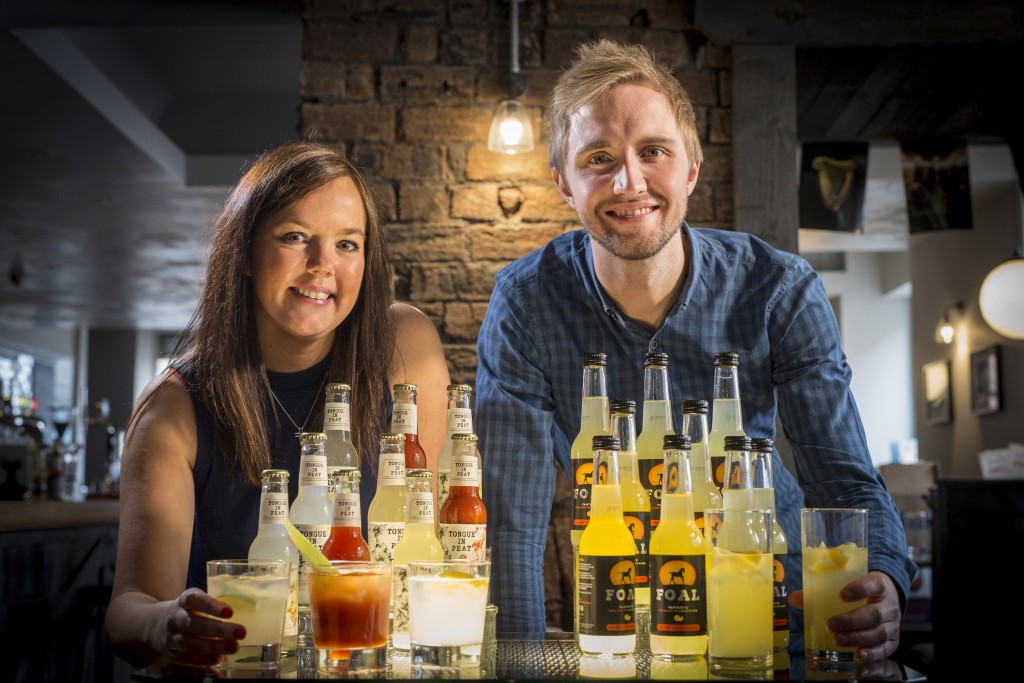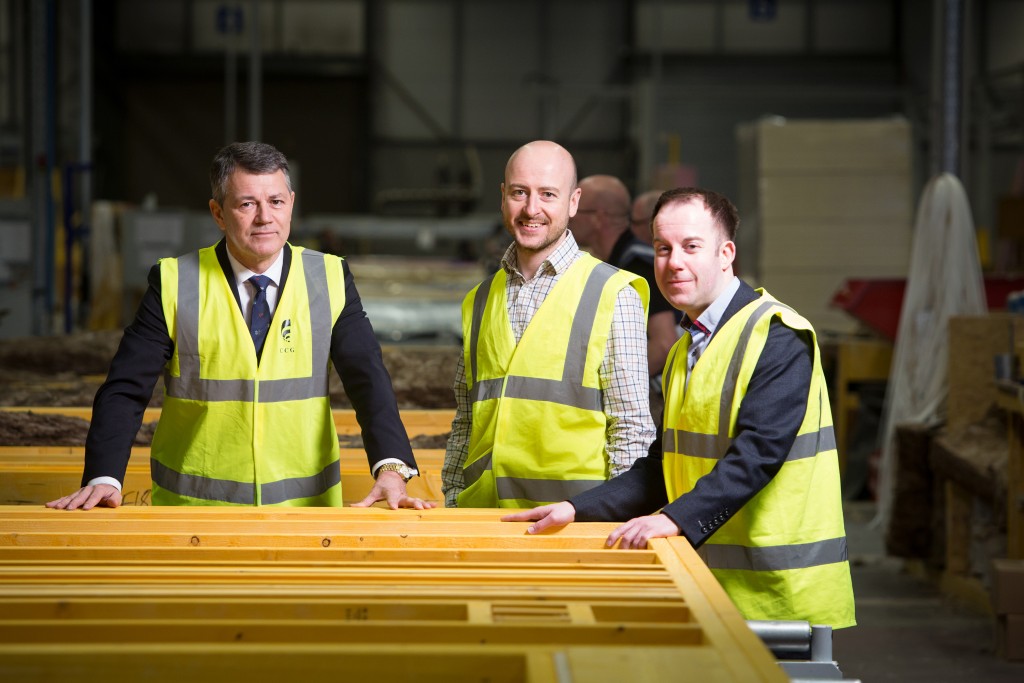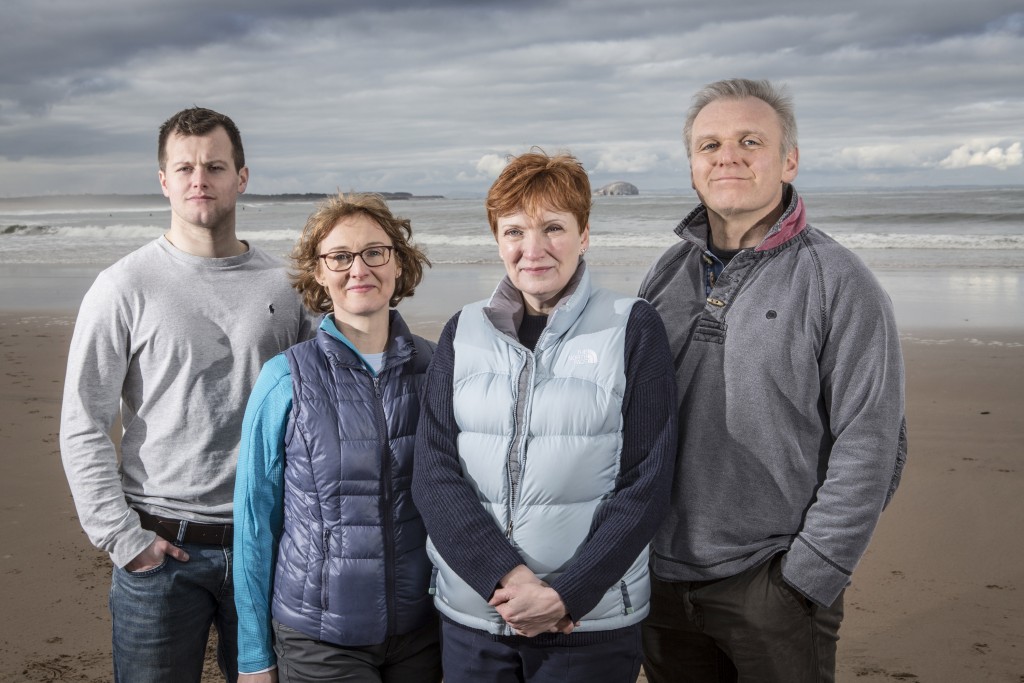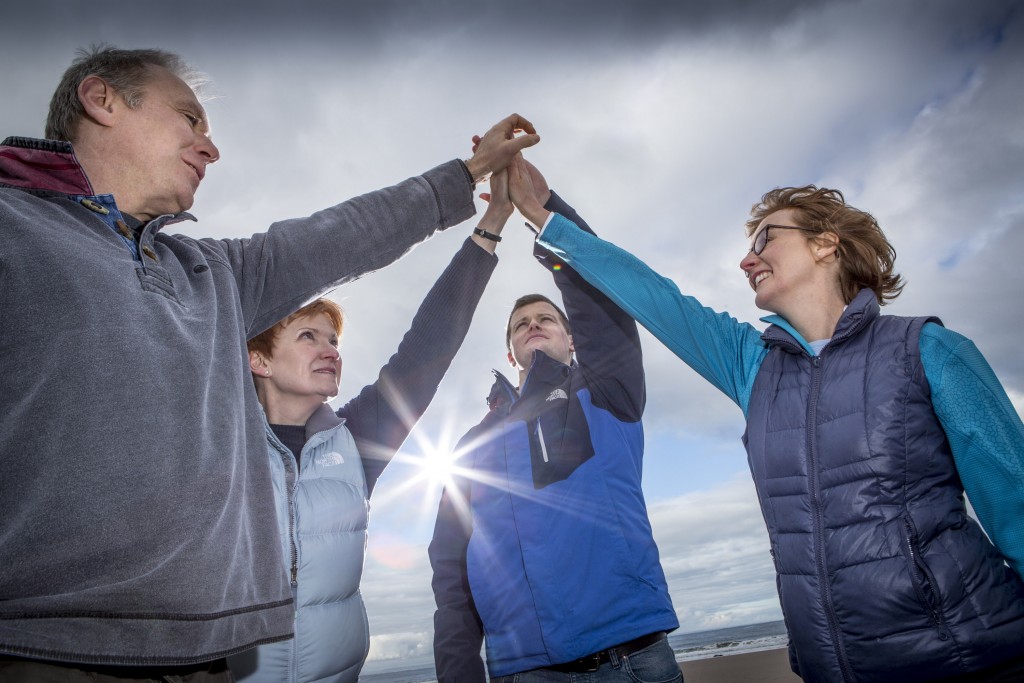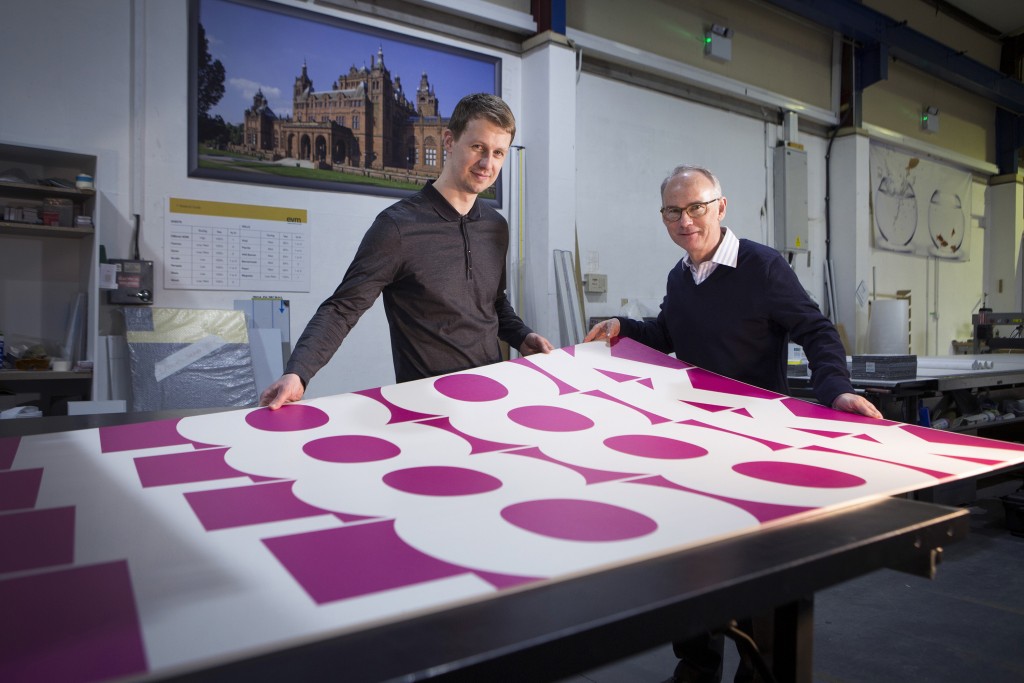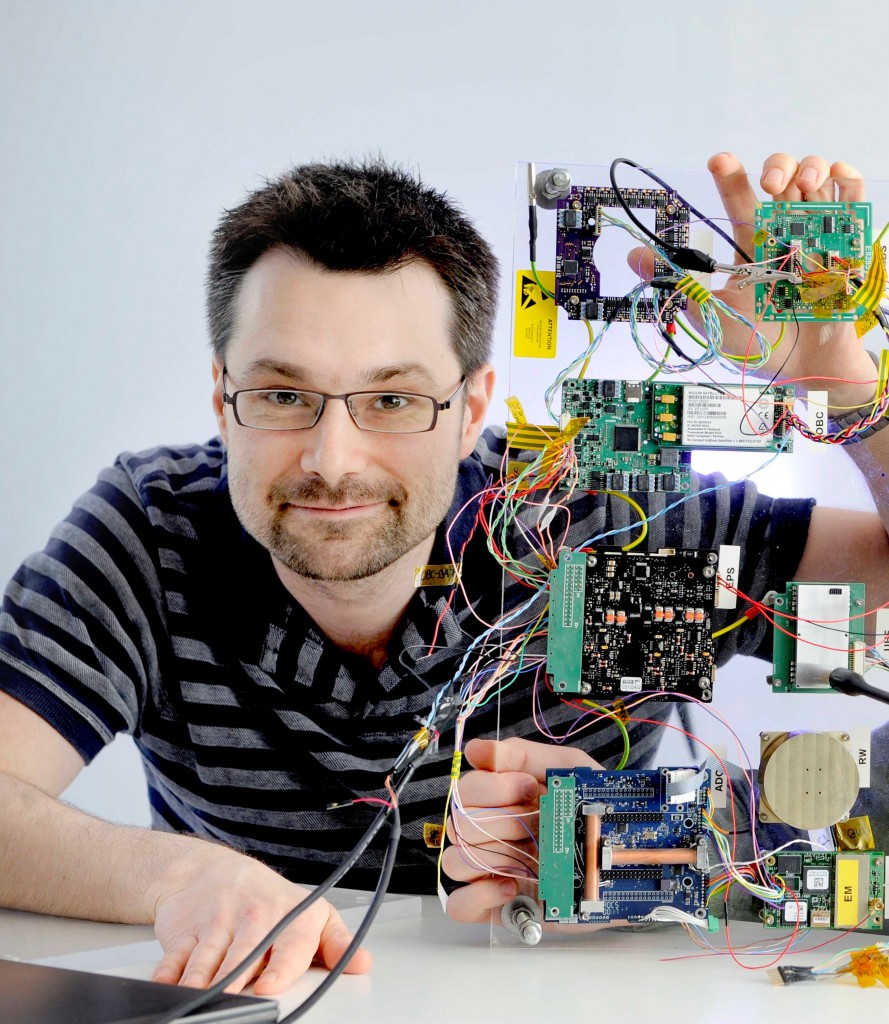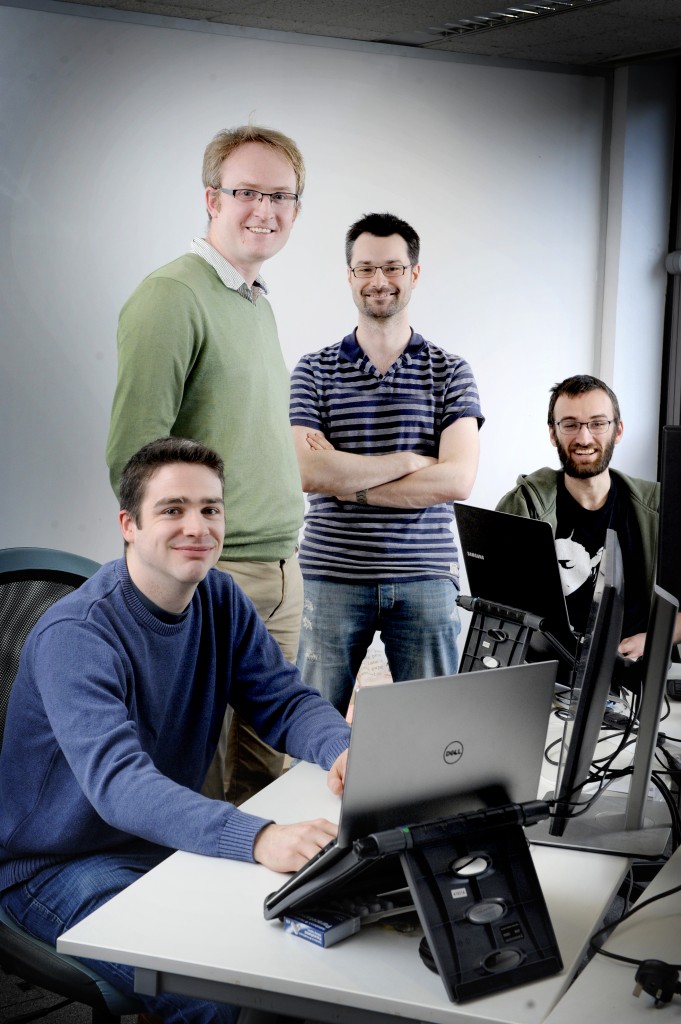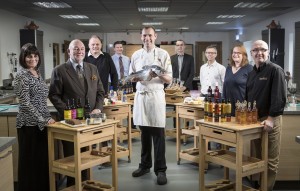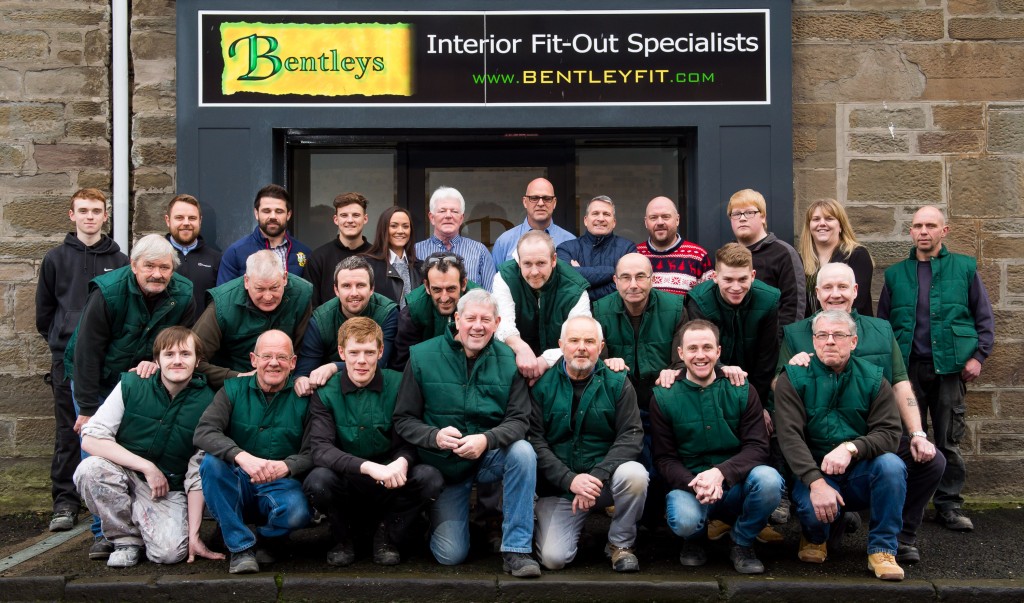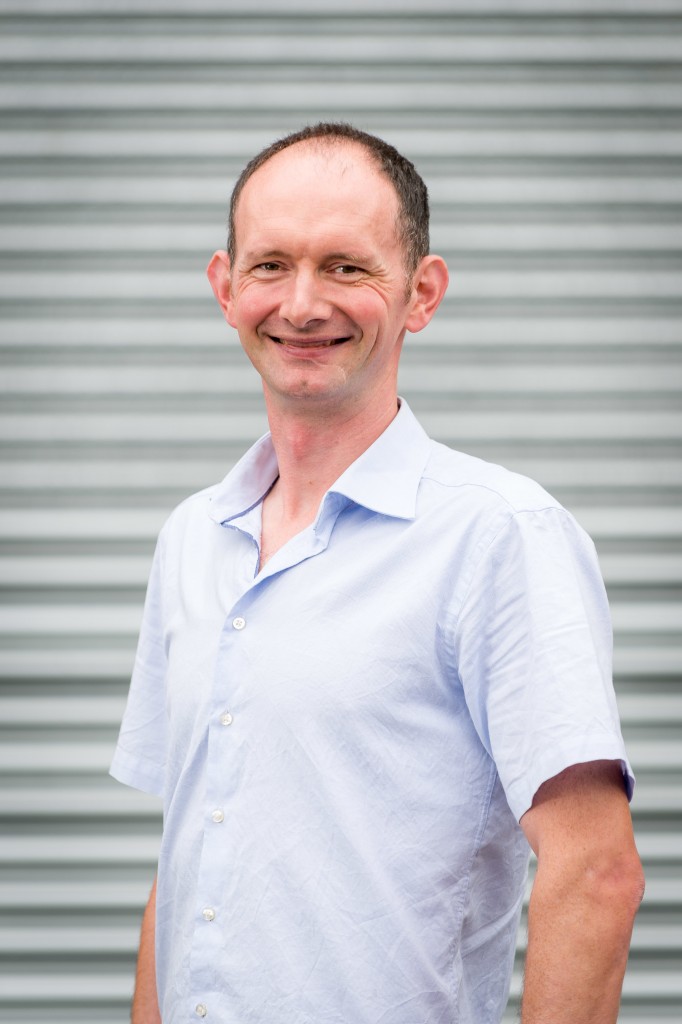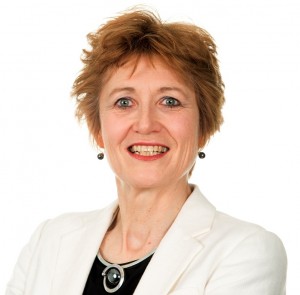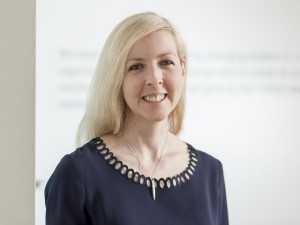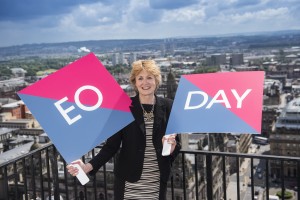We’re learning more about this year’s Collaboration Prize winners by hearing about their plans for the future in a new series of blogs. In this blog we take a closer look at The Start-up Drinks Lab…
The two companies that form The Start-up Drinks Lab – Tongue in Peat and FOAL Drinks – are aiming to work together to solve challenges faced by drinks entrepreneurs in Scotland that result in them having to compromise on quality, cost or location.
When we caught up with Hannah Fisher and Craig Strachan from The Start-up Drinks Lab, Hannah (founder of Tongue in Peat) said: “Our main focus is to establish facilities to alleviate the manufacturing challenge created by the limited number of small scale manufacturing options for start-up drink businesses in Scotland. We plan to do this by offering a full suite of services including product development, manufacturing, packaging and business support as well as providing a small scale bottling facility with pasteurisation, carbonation, capping and canning not currently readily available in Scotland.”
The consortium’s long-term plan includes both market and service expansion. Geographically, it will focus initially on Scotland then expand into the rest of the UK, eventually aiming to grow into Europe and even North America.
“As well as benefitting from the support, manufacturing advice and guidance of Scottish Enterprise, we will use the prize money to pay the first few months’ rental, meaning we can move in and fit out the factory. Furthermore, we will be able to purchase our first pieces of equipment and engage experts to help fit the facility out to a full operational specification,” added Craig (founder of FOAL Drinks).
Hannah said: “I met Craig at an Entrepreneurial Spark event where we quickly discovered our businesses faced similar challenges. We then heard about the CDS Collaboration Prize and decided to enter.
“We have often talked about setting up small scale manufacturing facilities to benefit our own businesses but when going through the research process to validate our idea for the competition, we realised we were not alone in this pain point and that many great Scottish brands were forced to go down south to produce, losing that all important ‘made in Scotland’. We felt and continue to feel more passionate everyday about making sure we help Scotland and its produce by giving its producers an accessible platform.”
Craig continued: “Collaboration has been of massive assistance for my own company, FOAL Drinks, and for me personally. The anticipated cost savings by opening the lab will be of fantastic benefit, allowing us to be more competitive and provide our awesome customers with an even better offering. Furthermore, our regular meetings and focus groups have been given a different perspective and have given us some excellent introductions, especially in the food and drink arena. This will be invaluable going forward and is especially important for start-up businesses.”
The member businesses in The Start-up Drinks Lab are:
- FOAL Drinks, Glasgow
- Tongue in Peat, Glasgow
